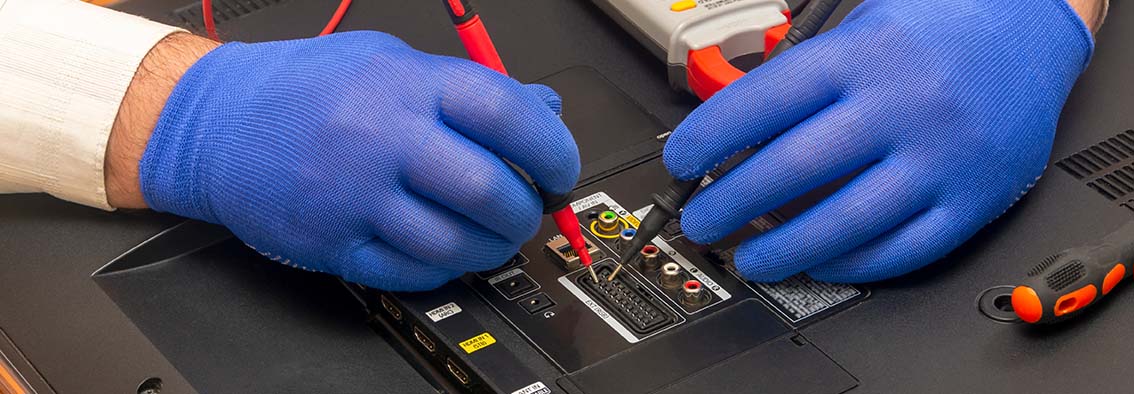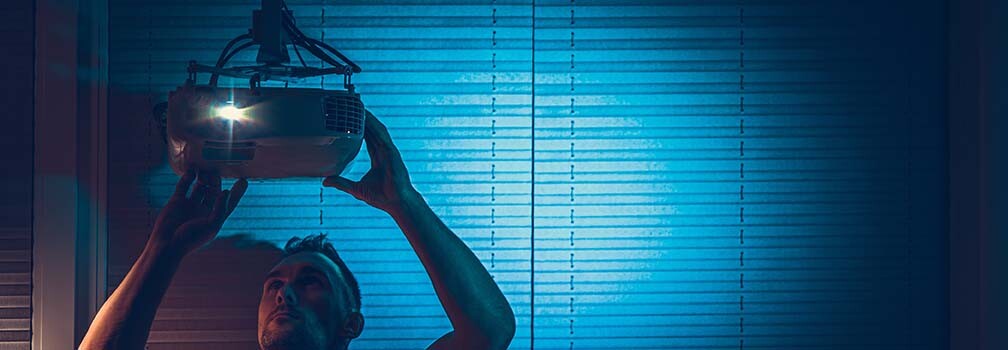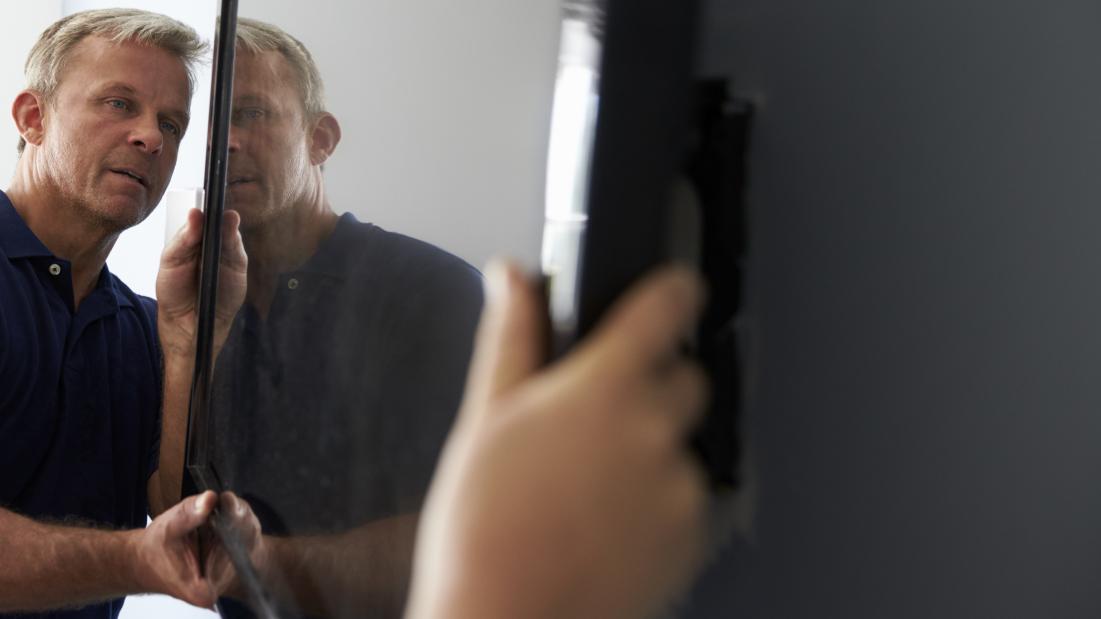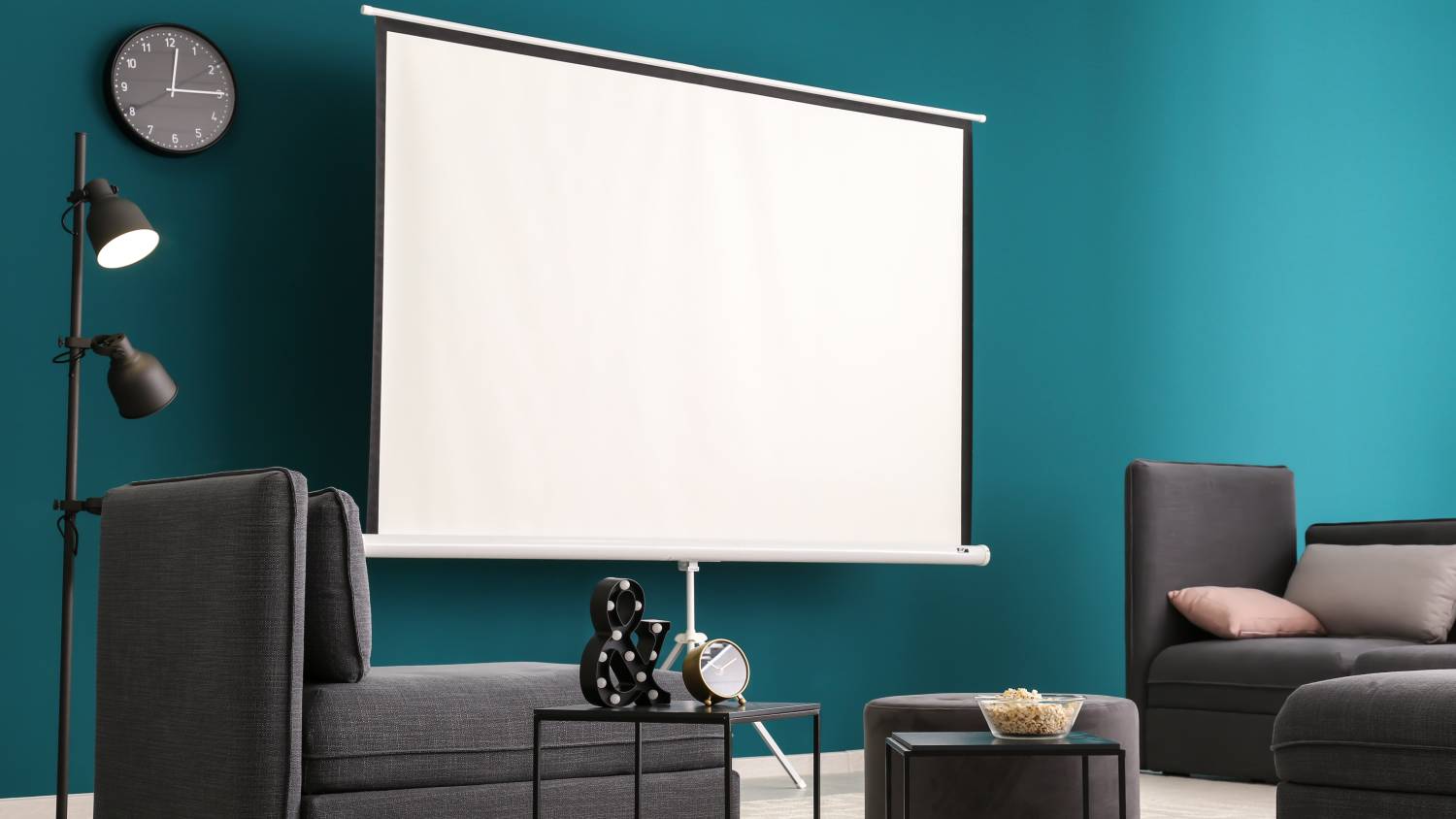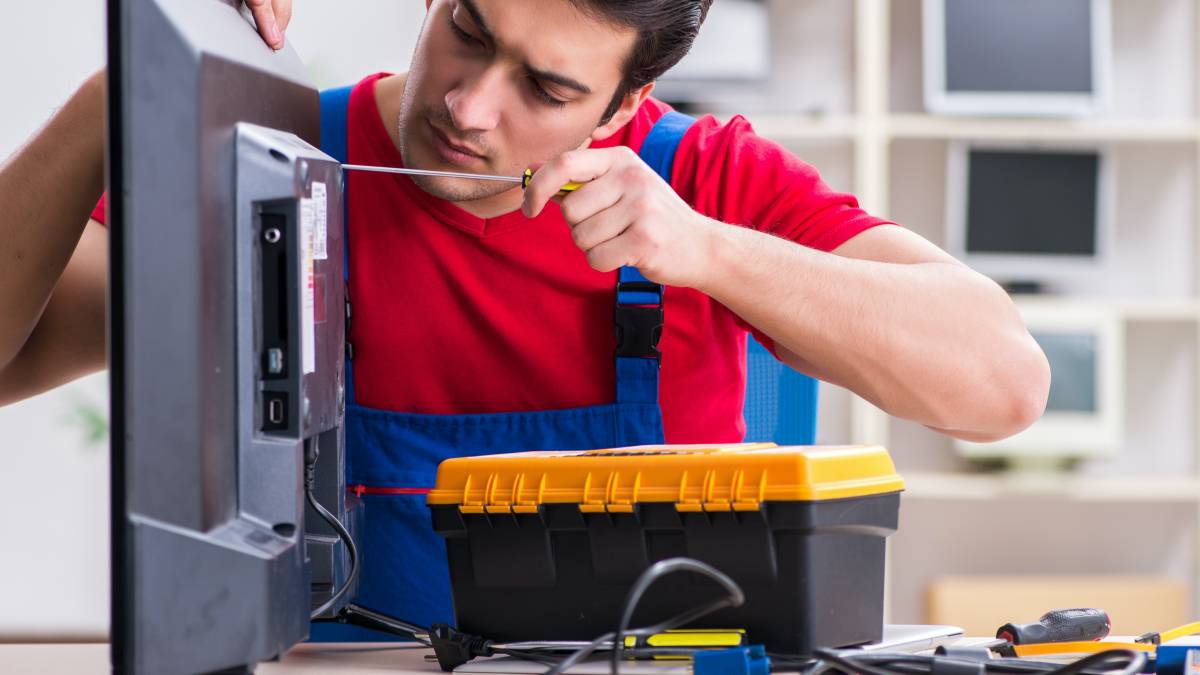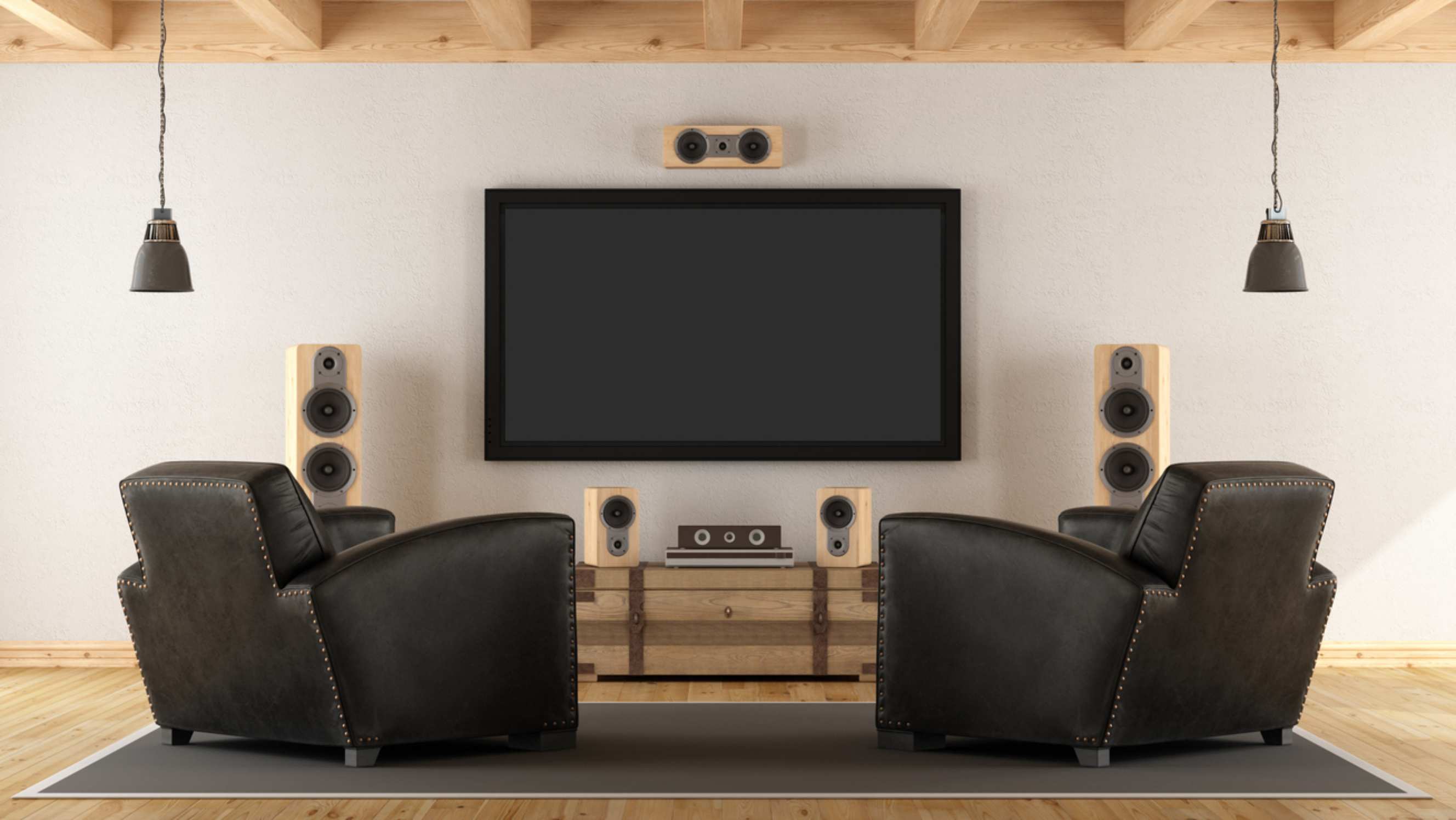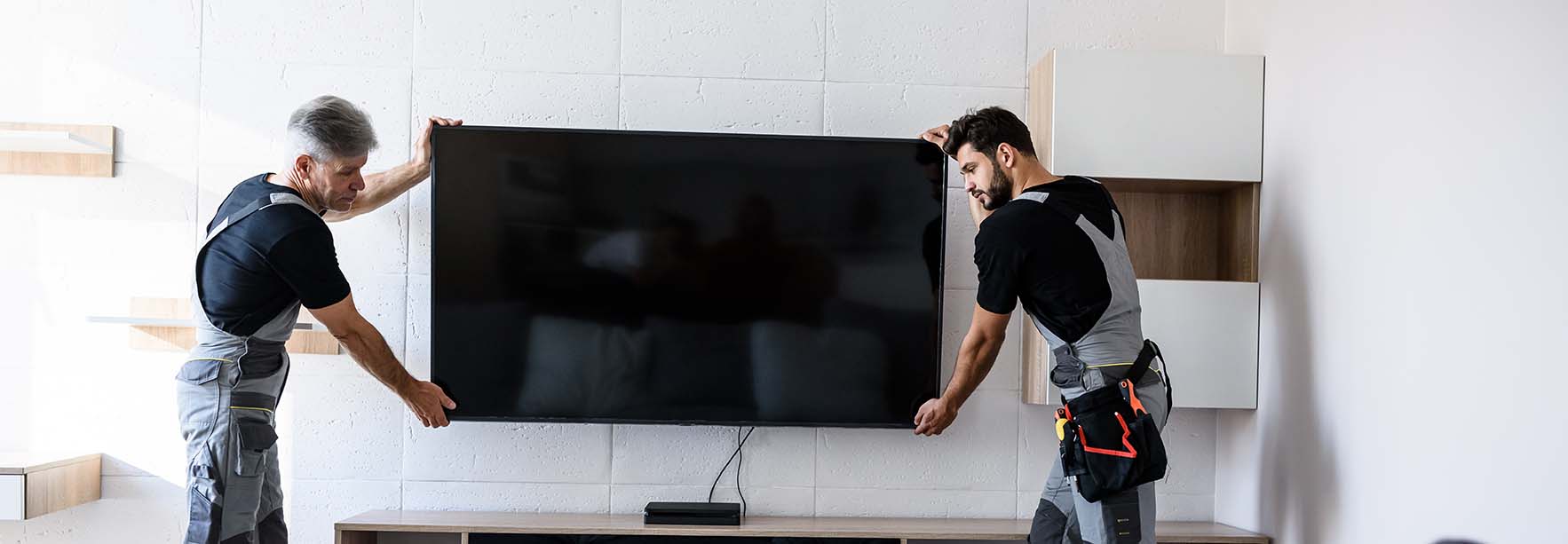
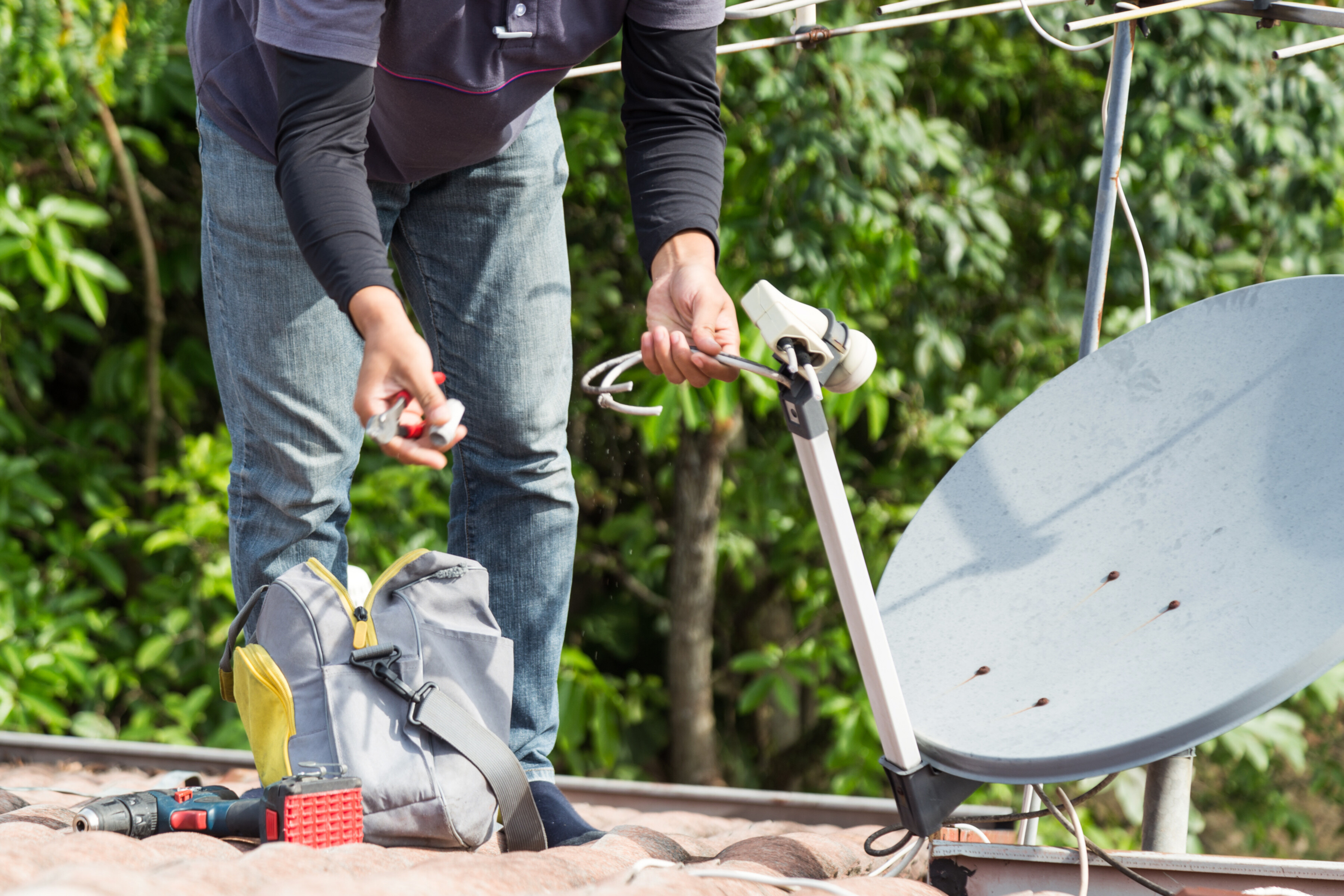

Find a professional tv antenna installation service in Dallas
Fill in a short form and get free quotes from a tv antenna installer in Dallas
Excellent rating - 4.3/5 (9300+ reviews)
Live far from broadcast towers?
- TV antenna installers
- Over the air antenna
- Hdtv antenna
- Outdoor antenna
- Coaxial cable
- … or anything else
Similar Antenna Installation services you might be interested in Dallas
What is Airtasker?

Post your task
Tell us what you need, it's FREE to post.

Review offers
Get offers from trusted Taskers and view profiles.

Get it done
Choose the right person for your task and get it done.
Enjoy Local Channels Through Antenna Installation in Dallas
The popularity of streaming sites may be off the charts this decade, but interestingly, many people still tune in on traditional television. In fact, IndieWire reports that the young ones—and not the boomers—are leading the pack of enthusiasts. This is backed by the research of American market researcher CivicScience which found that 30% of U.S. adults utilize a digital or traditional TV antenna. Millennials tie with the Gen Xers as the group most likely to own an antenna. Meanwhile, Gen Zers are the most interested in terms of antenna installation, leaving those aged 55 and above the least interested in converting.
The Benefits of Antenna Installation
It's no surprise that homeowners still watch through the small screen—the accessibility is unmatched. In watching TV together with family, friends, or even strangers of different ages, there's also a sense of community indoors. The same warmth may be something that's familiar as well for the people of Dallas, Texas, a city so diverse. The cherry on top? With proper antenna installation, you can score a fulfilling viewing experience. First off, it's a cost-efficient choice—as a one-time investment, you don't need to break the bank with monthly fees or contracts. With an HDTV antenna, you can cut your cable bill by up to $300 each year and watch local channels. The roster boasts over a hundred, including major networks ABC, CBS, NBC, and FOX.
Whether you want to cheer for the Dallas Mavericks at the NBA, learn more about the world of rodeo from a morning show, briefly check for weather updates on the next day's trip, or catch up on your favorite sitcom, Dallasites can score a fulfilling viewing experience. You can improve your TV's picture quality with a clear and strong signal from an outdoor antenna.
4 Tips For Choosing the Right Outdoor Antenna
Pick the right size the type
No matter how expensive or high-quality your antenna is, it won't reach its optimum performance if it doesn't fit your location and signal strength. The key is to consider the size and type of your outdoor antenna. For example, a directional antenna or beam antenna sends and receives signals in a specific direction only. That means if your antenna is facing the south where the broadcast tower is, you'll only get a signal from that area. As they are designed for focused signal transmission, they cannot thrive in dense populated urban cities, and perform better in rural areas. They are also less prone to interference, too. Meanwhile, omnidirectional antennas receive signals from all directions. Although you'll have many sources, the downside points to how more limited the range is. Plus, since they cover more angles, they're more susceptible to interference.
Size also matters—but not in a simplistic way that bigger antennas guarantee better performance. For example, larger antennas excel at capturing signals from long-distance towers and have higher gain, or how much power an antenna has in directing radio frequency in a specific direction. Larger antennas, however, can be challenging in terms of mounting and maintaining and are inconvenient for small spaces, whereas smaller indoor antennas are easier to utilize. But do expect them to have weaker signal reception.
Strategize for the best reception
With that being said, it's a must to pick antennas with a high gain and directional capabilities, as they equal to best reception. For one, even though they can entail costly prices, parabolic or dish antennas can offer you high gain, as long as you precisely align them in the desired direction. Prioritizing picture quality and top-notch sound? As the name itself suggests, HD TV antennas provide you with that, plus access to many local channels. Their placement matters, though. If your area has strong signals because of proximity to broadcast towers, indoor antennas can work efficiently. But if you reside somewhere packed with obstructions, outdoor antennas would work better because of the poor line-of-sight.
Check the frequency range
It's also essential to know your antenna's frequency range to ensure it can receive the most channels in your area. Here are the two main types of antennas for free over-the-air TV:
VHF (Very High Frequency)
The range of VHF antennas goes from 30 MHz to 299 MHz. VHF antennas are less costly and require lower power consumption than UHF (Ultra High Frequency) antennas. They offer a longer broadcast range, which is good for open areas.
UHF (Ultra High Frequency)
In Dallas, Texas, UHF antennas are more recommended. The range of UHF antennas covers 300 MHz to 3 GHz. They are usually utilized indoors, and they can also cut through metal and concrete, making these antennas suitable for dense outdoor locations.
Prioritize durability and weather resistance
Of course, antennas should be a long-term investment. This means it should stand through the test of extreme weather and fluctuating conditions. Even though it's usually hot and humid in Dallas, it's best to be prepared. Storms can affect your antennas, from breaking their parts because of falling elements like tree branches, to producing poor signals caused by debris. Strong winds alone affect your antenna's performance. If you're looking for an antenna that can provide you with long-lasting performance, durability, and weather resistance are things to tick off your criteria. When booking an antenna installation service, it's important that the expert ace at mounting your antenna to prevent damages from happening, too.
Ensure A Successful Antenna Installation Process With Airtasker
Antenna installation is not just about choosing the most popular brand and hoping it would work wonders on your home viewing experience. Instead of taking the DIY route or contacting several companies, hoping to align with your budget, schedule, and expectations, you can quickly find an experienced installer on Airtasker. Apart from the installation itself, Taskers can also attend to other similar services, like in-home audiovisual equipment installations. Most of all, professional installation gives you peace of mind as it ensures a safe and efficient process, avoiding power lines, maintaining safety precautions, and staying alert with obstacles. If you're having doubts, Airtasker lets you access ratings and reviews from your prospect Taskers' previous clients.
Preparation
First off, booking a professional antenna installer means you don't have to worry about producing the equipment and materials yourself. Expect your specialist's arsenal to include essential tools, such as a ladder, tape, and various wrenches, screwdrivers, nuts, and pliers, among others. Of course, they also include specific equipment like coaxial cables (which reduces interference), cable clips, a signal strength meter, and more.
Before the actual installation, the Tasker will make sure that you'll be using the best kind of antenna depending on your location. The best choice between an indoor and an outdoor antenna depends on a few factors, like the line-of-sight and proximity to broadcast towers. A professional installer will also determine the best location for your outdoor antenna, typically on the roof or in the attic. Apart from identifying the best signal source, they'll also check the right mounting spot and type of mount to be used, they'll proceed to assemble the antenna.
Installation
The professional will connect the antenna to your TV and ensure a strong signal and clear picture quality. As anyone would want to achieve optimal signal strength, it's good to utilize a high-quality coaxial cable to connect the antenna to your TV. You can also consider installing a DVR (digital video recorder) to record and stream live TV programming wirelessly.
The installation can take anywhere from 1 to 3 hours, depending on the complexity of the job.
Common FAQs and Concerns
What is the average cost of antenna installation?
Expect to pay between $216 to $427 for professional installation. The final rate is influenced by a variety of factors, like the antenna type, your location, and how challenging the installation is, among others.
Can I install an antenna myself?
While possible, outdoor antennas require technical skills and roof or attic access. Trying it on your own without ample professional experience is too big of a risk—you're prone to climbing accidents and electrical hazards.
How many channels can I receive with an antenna?
The number of channels depends on your location and the type of antenna used.
What if I have multiple TVs?
You can connect an antenna to multiple TVs, or consider a whole-house TV solution.
Can an electrician install a TV antenna?
While it is possible and they do have knowledge about cabling, it doesn't mean it's recommended. Electricians have a different specialization and aren't exactly trained to work with antennas. Unless, of course, their background proves they have also earned certifications and licenses that assure they can take on the job.
What direction should my TV antenna face?
For directional antennas, it's suggested that your antenna deliberately faces the location where there are TV broadcast towers. But omnidirectional antennas, which gather signals equally from all sides, should just be positioned vertically or upward for clear reception. There's no need to point them to a specific spot.
4 Ways to Maximize Your Antenna’s Potential
With the heavy traffic and scorching hot weather in Dallas, it's not surprising that many people become homebodies. This makes watching TV even more alluring! Now that you're done with your antenna installation, you have the chance to upgrade your experience:
Use a signal amplifier to boost your antenna’s signal strength and improve reception.
Living in an area with tall structures and other obstructions? A signal amplifier can serve you well. It's also useful if you wish to maximize your antenna for two TVs. Make sure, though, that it is placed strategically, and be wary of noise amplification.
Consider installing a rotor to adjust the antenna’s direction and optimize signal strength.
Mounted on the antenna mast, rotors can move your directional antenna precisely, whether it's clockwise or counterclockwise.
Keep your antenna clean and free of debris to ensure optimal performance.
Don't underestimate what the accumulation of dirt can do to your antenna. To consistently receive the best signal reception, clean your antenna once or twice with a gentle piece of cloth or brush. This regular checkup can also help you see signs of wear and tear or faulty connections.
Check for firmware updates and adjust your antenna’s settings to ensure the best picture quality.
Keep yourself updated on your antenna's manufacturer in case of helpful changes or upgrades. You can also talk to your hired Tasker for tips on how to continually maintain your antenna.
